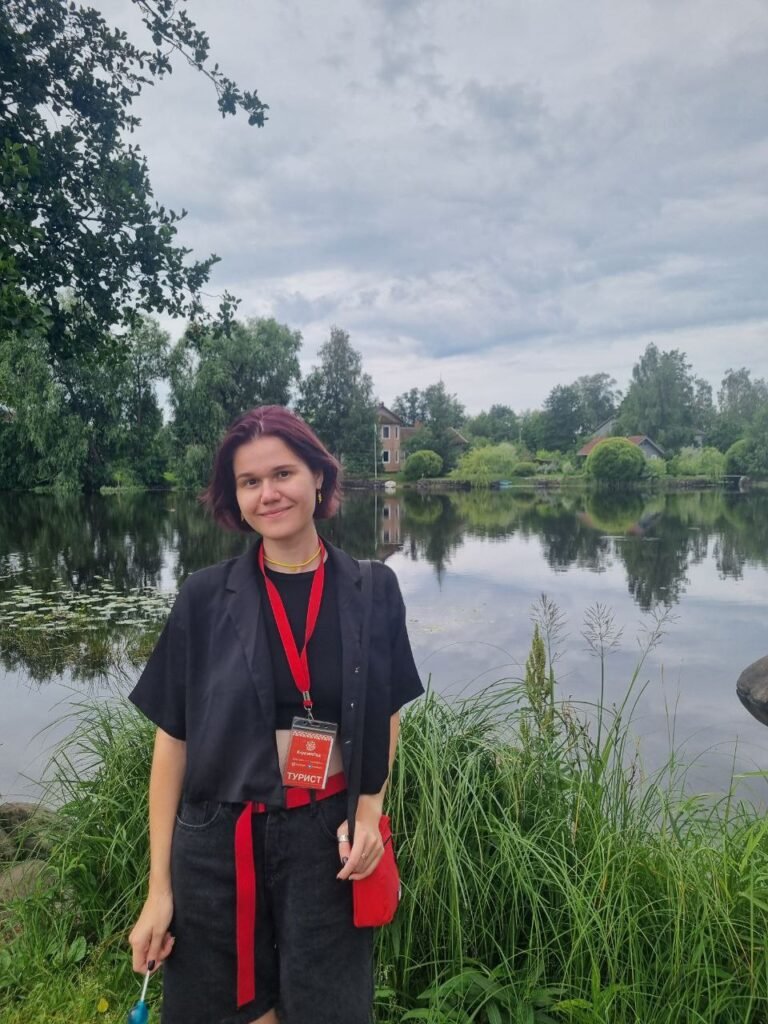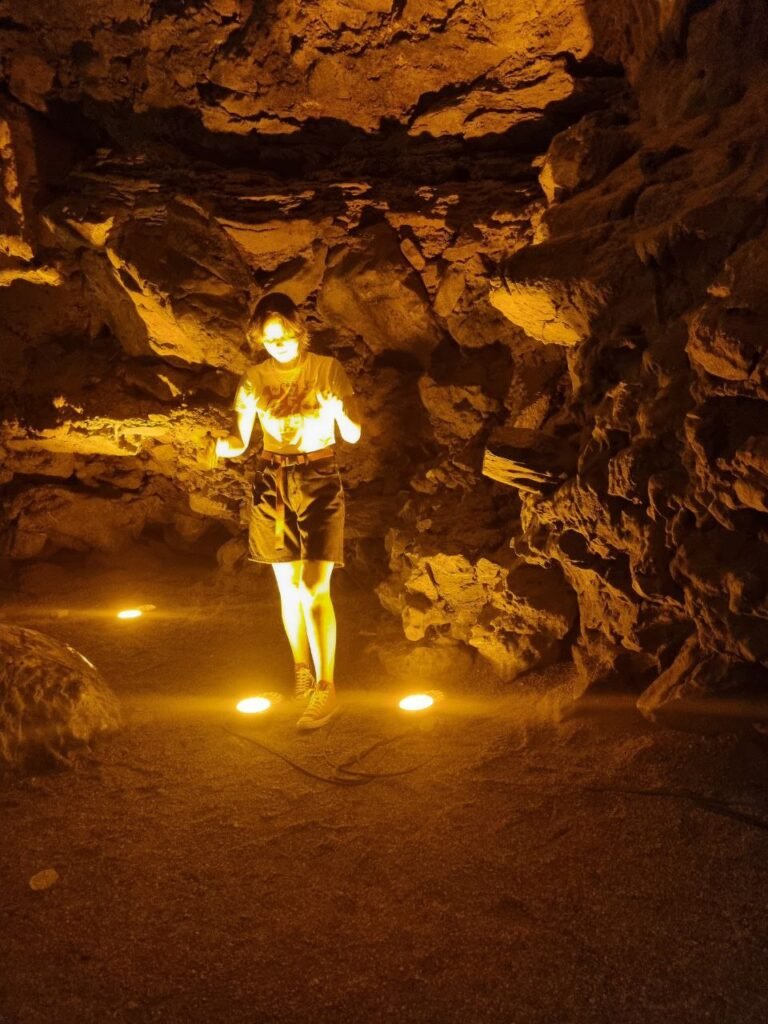There is something about geological extremes that resets the human perspective. In the past month, I’ve found myself drawn to landscapes that speak of time’s immensity—first the ancient granite formations of Karelia in northwestern Russia, then the otherworldly limestone chambers of Damlatas Cave in Turkey. These contrasting environments—one vast and exposed, the other enclosed and hidden—have provided unexpected inspiration for my creative work.
Karelia greeted me with its characteristic summer light—those long northern days where dusk seems to hesitate, lingering for hours before reluctantly giving way to a brief, luminous night. I spent a week traveling between Lake Ladoga and Lake Onega, staying in small villages accessible only by infrequent buses or the occasional ferry. The landscape here feels elemental: granite outcroppings smoothed by glaciers, dense forests of pine and birch, mirror-like lakes that reflect clouds with perfect stillness.

One evening, sitting beside Ruskeala’s flooded marble quarry, I watched as the setting sun transformed the waters from turquoise to deep indigo. The quarry itself is a perfect metaphor for how human intervention can inadvertently create beauty—these chambers, carved for utilitarian purposes and then abandoned, have filled with groundwater of extraordinary clarity. What was once industrial extraction has become a cathedral-like space where water and stone create constantly shifting patterns of light.
Two weeks later, I found myself in a different kind of cathedral—the Damlatas Cave near Alanya on Turkey’s Mediterranean coast. Discovered accidentally during harbor construction in 1948, the cave’s name means “dripping stones” in Turkish, a reference to the active stalactites that continue to form droplet by painstaking droplet. The contrast with Karelia could hardly be more striking: from expansive horizons to enclosed chambers, from crisp northern air to the cave’s humid microclimate, from granite’s unyielding solidity to limestone’s fluid, organic forms.

What unites these disparate landscapes is their embodiment of geological processes—the visible record of forces acting over timescales that dwarf human existence. Standing in the cave’s main chamber, watching water slowly transform into stone, I felt a familiar sensation: the simultaneous humbling and expansion that comes from encountering something ancient beyond comprehension.
These journeys have coincided with intensive work on my forthcoming novel, “Anonymous Letters.” After the political intensity of “Inhuman Humanity,” I’ve found myself drawn to exploring more psychological territory—the spaces between perception and reality, between what we believe we know and what remains forever obscured. The novel follows Anna, a writer who relocates to a coastal town near Brighton and begins receiving mysterious letters about strange occurrences in a nearby village called Dorimore.
As Anna investigates these claims, she must navigate not only the foggy landscapes of the English countryside but also the misty territories of her own mind. The central question becomes whether the danger she perceives is external or projected—a manifestation of her own creative imagination seeking meaning in ambiguous circumstances.
Working on this manuscript in Karelia, I found myself increasingly attentive to the ways natural environments can mirror psychological states. The region’s characteristic rock formations—with their dramatic cracks and fissures—became metaphors for the breaks in consensus reality that my protagonist experiences. In my notebook, I sketched a scene where Anna walks along a coastal path during a storm, the fractured chalk cliffs beside her echoing her increasingly fragmented sense of what is real and what is imagined.
The Damlatas Cave offered different but equally valuable imagery. Its enclosed space, with limited visibility and distorted acoustics, embodies the kind of epistemic uncertainty central to “Anonymous Letters.” How do we know what we know? How do we orient ourselves when familiar landmarks are absent? In the novel’s pivotal scene, Anna finds herself in a fog-bound marsh, with only intermittent glimpses of her surroundings—a situation that parallels my own careful navigation through the cave’s dimly lit chambers.
Beyond these specific metaphors, both landscapes reminded me of literature’s fundamental project: to make visible what normally remains hidden, to reveal the forces that shape our world but typically escape notice. Just as water gradually transforms limestone into fantastic formations, subtle social and psychological pressures shape human perception and behavior in ways we rarely acknowledge.
As “Anonymous Letters” moves toward completion, I find myself grateful for these immersive encounters with geological time. They provide necessary perspective on the human dramas I attempt to capture in fiction. Our anxieties, our certainties, our conflicts—all unfold against a backdrop of processes that have continued, implacable and indifferent, for millions of years before us and will continue long after we’re gone.
“The Earth has music for those who listen.” (Shakespeare’s observation feels particularly apt as I recall the distinctive acoustics of water dripping in Damlatas and waves lapping against Karelian granite)